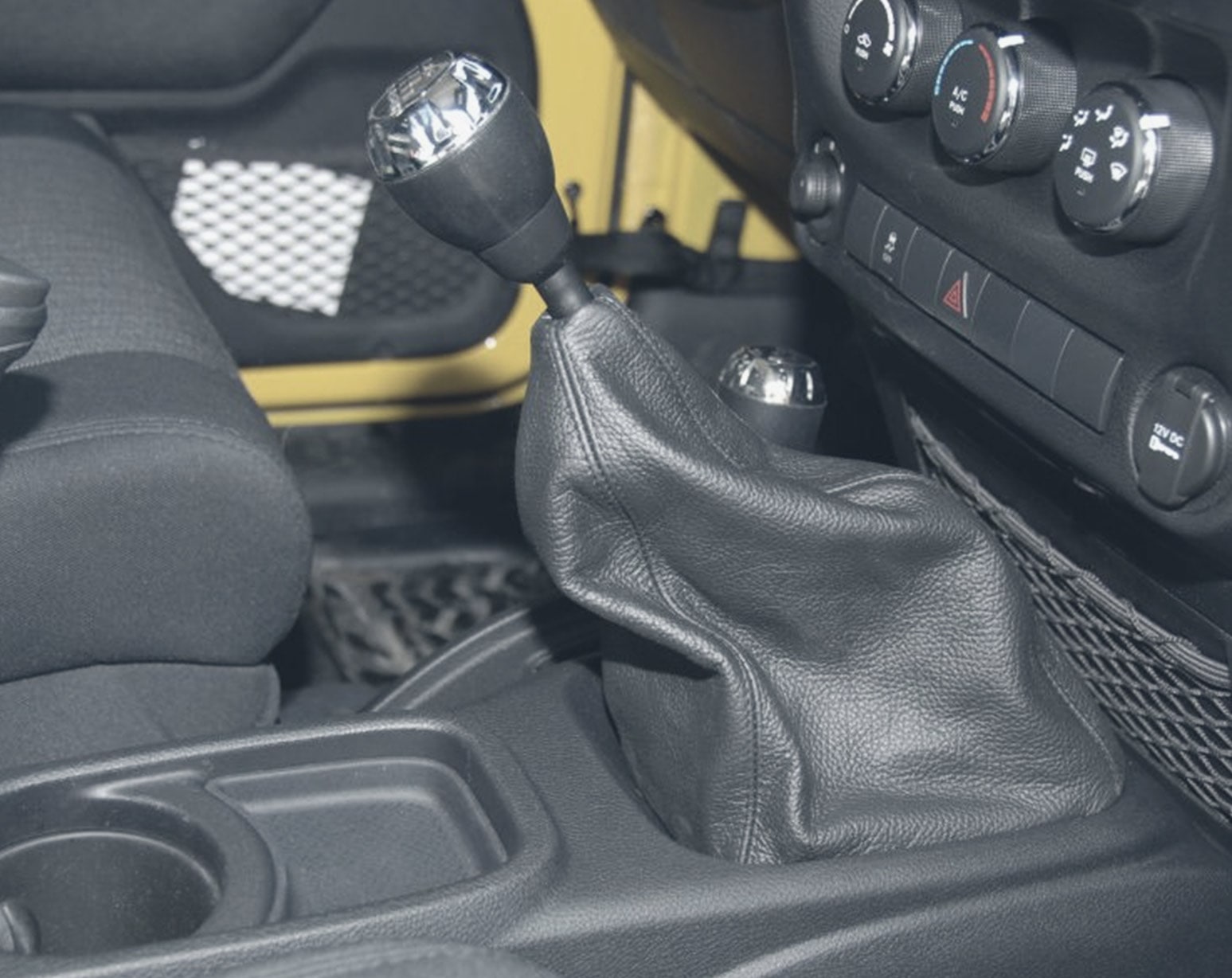Real leather has always been considered a luxury product. It has been used for centuries in the production of clothing, furniture, and more recently, automotive finishes. Genuine leather is expensive, however, as well as being environmentally unsustainable. For companies that produce large quantities of any item containing leather, it can be difficult to keep costs manageable.
The Challenge: A Truck Shift Boot
Midwest Rubber Company faced this challenge when a customer asked us to replace a cut-and-sewn natural leather shift boot with a more cost-effective option. Our manufacturing team rose to the occasion using our slush molding process to develop a high-quality, leather-like shift boot.
The Method: Slush-Molding the Component
Slush molding is a method of manufacturing open, hollow objects that can be used to make products like protective vehicle armrests, headrests, and crash pads. The initial process requires exposing a hollow mold to heat, and then filling it with a vinyl compound. Once it’s cooled, the completed part is removed and sent for assembly.
The Solution: An Authentic Simulated Product
Using this process, we created a simulated leather shift boot for our customer. The products had leather grain and stitching that were so authentic in appearance that they convinced both the participants of a focus group as well as automotive reviewers. Quality was a vital aspect, because the customer was planning to use the final product across multiple truck lines.
The Benefit: Economical and Effective
Tests showed that the new shift boot was able to reduce noise, vibration and harshness when compared with the original leather product. In addition, by switching to this durable, simulated leather material, our customer was able to save over a million dollars during the first year of production.
The new process lends itself well to both small and large orders, and some years later the synthetic leather shift boot is still being used in the company’s most popular product line. The design has also been modified to fit a new transmission style.
The Bottom Line
The synthetic leather product developed by Midwest Rubber for this customer both looked and felt like real leather, as well as having the same toughness as the genuine material. If you have a critical leather component you’d like to have modified to improve performance and reduce costs, reach out to our team for help. We have a number of processes at our disposal, so we can always design the best product possible for you!
